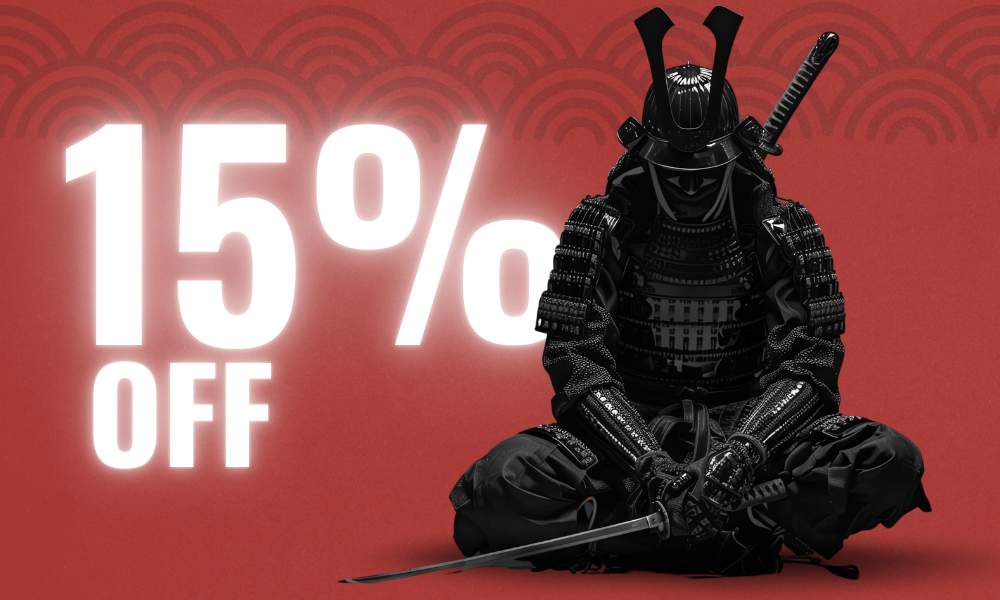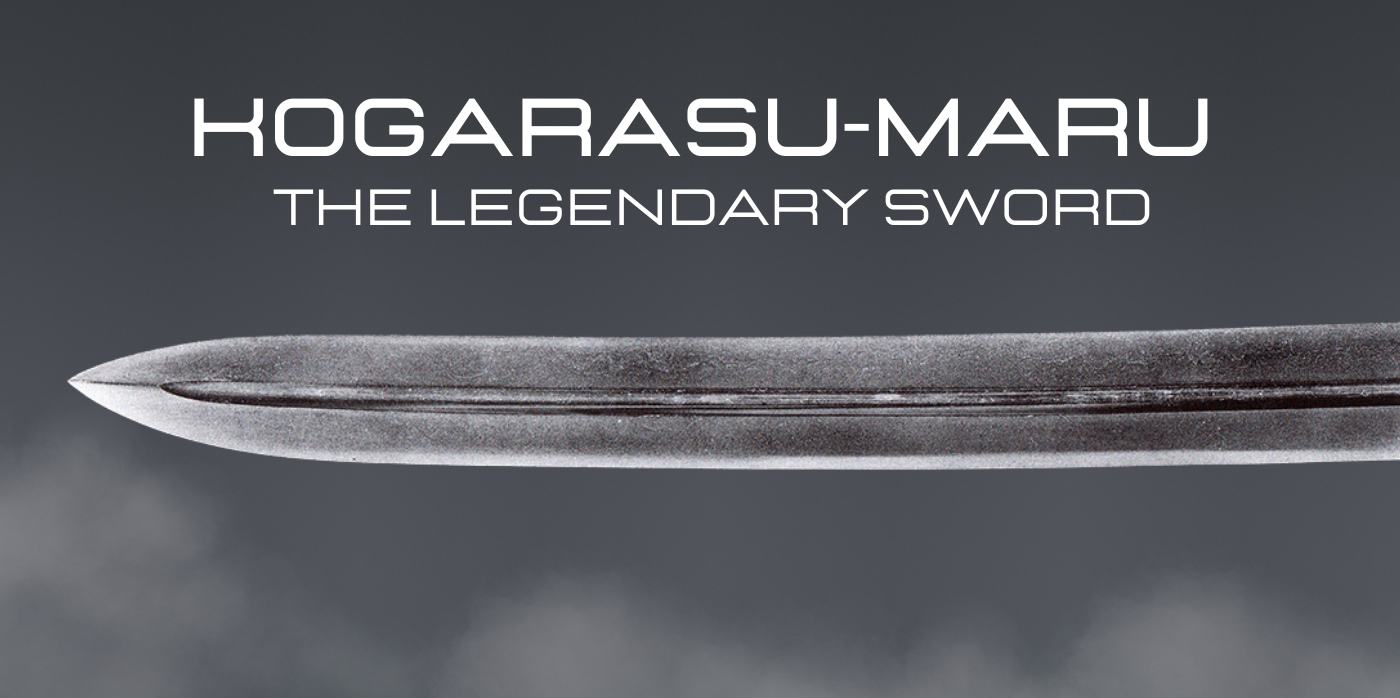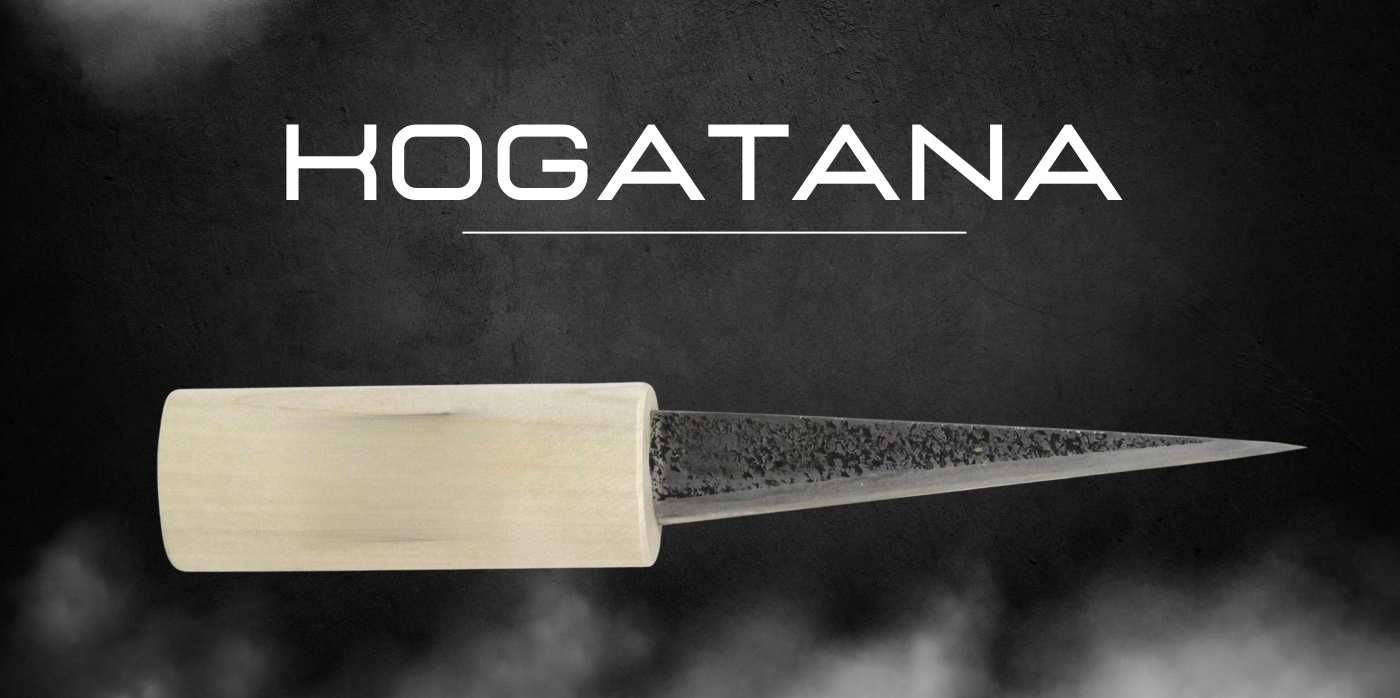What is the Kogarasu-Maru
The Kogarasu-Maru, affectionately known as "Little Crow," stands out in the realm of Japanese swords with its unusual "Kissaki Moroha Zukuri" blade design. This style is distinct due to its double-edged tip, an uncommon trait in Japanese swords, which typically feature a single edge. Thought to be created in the Heian period (794–1185), the Kogarasu-Maru stands as an exceptional piece of historical importance.
Blades forged in the Kissaki Moroha Zukuri (鋒両刃造) style, such as the renowned Kogarasu Maru, are occasionally referred to as Kogarasu Zukuri (小烏造). This naming is derived from the distinct shape of the Kogarasu Maru's blade, celebrated for its unique sugata. The Kogarasu Maru holds a special place in the history of Japanese sword-making, serving as a transitional piece between the earlier double-edged Japanese ken (influenced by the Chinese jian) and the more traditional Japanese tachi, which eventually evolved into the katana.
The design of the Kogarasu Maru features a curved, double-edged blade, measuring approximately 24.4" (62.8 cm) in length. While one side of the blade follows the conventional tachi style, the Kogarasu Maru sets itself apart with a symmetrical tip, ensuring both edges are sharp. The exception is the trailing or concave edge near the hilt, about 7.87" (20 cm) in length, which remains rounded. The blade incorporates a single koshi-hi (腰樋) groove, extending from the tang to the point where the blade transitions into a double-edged form. This groove is invariably paired with a soe-hi (添樋). The sword's tempering process results in a straight temper line (sugaha hamon, 直刃刃文) visible on both sides of the blade, highlighting its unique craftsmanship.
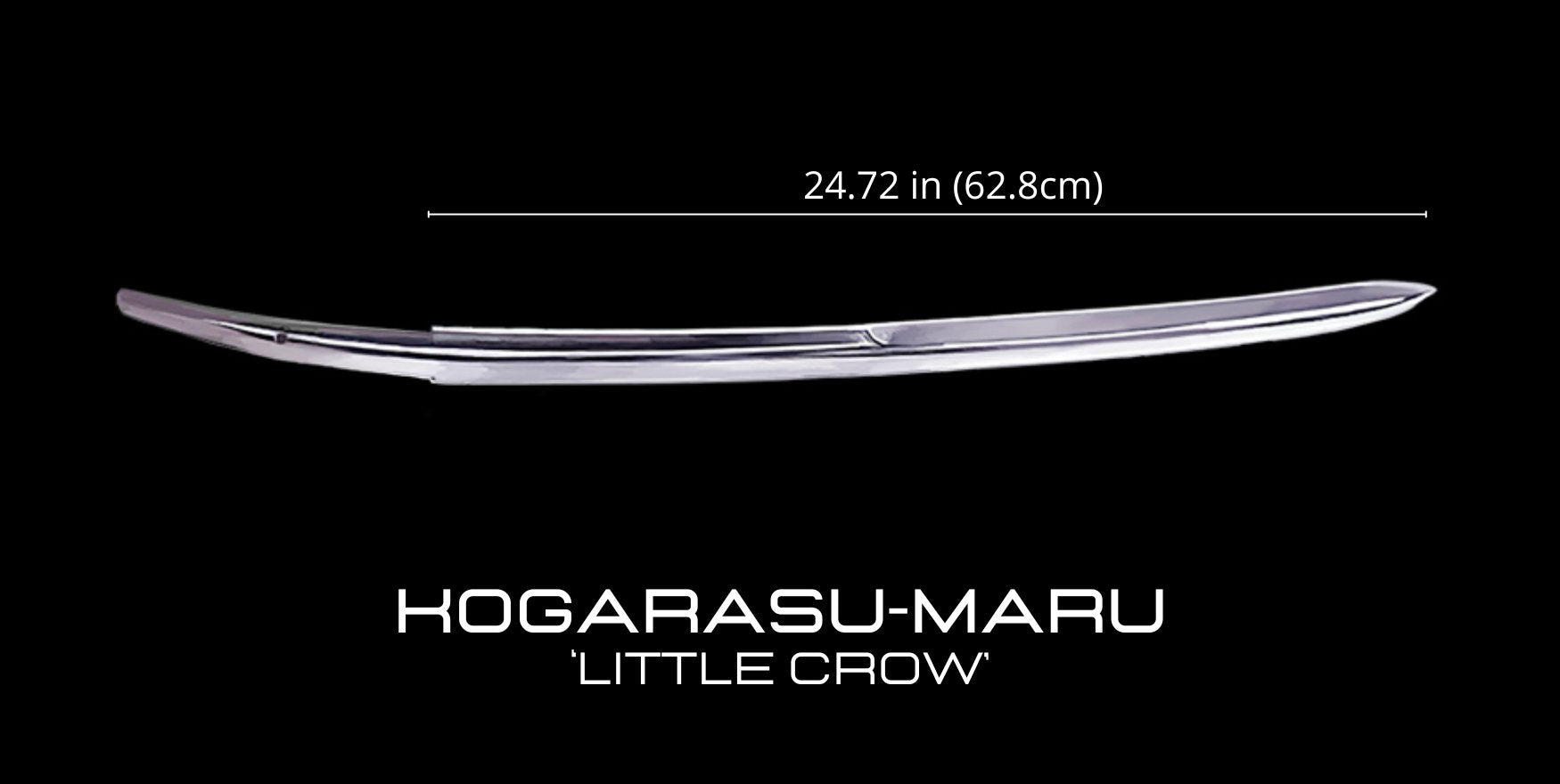
When was the Kogarasu-Maru forged
The precise forging date of the initial Kogarasu-Maru remains uncertain, though it is widely accepted to have originated in Japan's Heian period, spanning 794 to 1185 AD. This era is celebrated for its profound cultural and artistic advancements, including significant strides in the art of sword-making.
The creation of the Kogarasu-Maru is often credited to the mythical figure Amakuni, a name revered in the annals of Japanese swordsmithing. The reality of Amakuni's existence, however, is a topic of debate among historians and researchers, with much of the knowledge about him stemming from folklore and oral histories rather than documented evidence.
Legend portrays Amakuni as a swordsmith active in the early Nara period (710–794 AD), at the dawn of the 8th century. He is lauded for his groundbreaking contributions to Japanese sword craft, notably in transitioning from the straight-bladed swords (chokutō) to the curved blades (tachi), the precursors to the iconic katana.
Amakuni, observing the failure of numerous swords in combat, allegedly dedicated his skills to devising a more robust and dependable design. This innovation resulted in the creation of curved sword blades, better suited to withstand the demands of combat.
Given the style and techniques used in its making, it is estimated that the Kogarasu-Maru was forged during the early to mid-Heian period, suggesting its origin likely falls between the 8th and 10th centuries. This timeframe signifies a pivotal era in Japanese sword crafting, transitioning from the straight blades seen in Chinese and Korean swords to the distinctly curved blades that became emblematic of Japanese swords.

Picture from 集古十種(Shūko Jyusshu) - AleksandrGertsen
What is the difference between a katana and the Kogarasu-Maru
Blade Shape and Edge:
- Kogarasu-Maru: The most distinctive feature of the Kogarasu-Maru is its "Kissaki Moroha Zukuri" blade style, which features a double-edged tip. This feature is uncommon among Japanese swords, as the majority typically have a single edge.
- The katana, in particular, is distinguished by its single-edged blade that curves elegantly. This curvature, known as "sori," is a key characteristic of the katana, designed to enhance the effectiveness of quick and forceful slicing motions.
Historical Period:
- Kogarasu-Maru: This sword is thought to originate from the Heian period (794–1185 AD), an era marked by the ongoing evolution of Japanese sword-making styles and techniques.
- Katana: The modern form of the katana emerged later, gaining prominence in the Kamakura period (1185–1333 AD) and continuing to evolve in the following centuries.
It was the preferred weapon of the samurai class.
Usage and Functionality:
- Kogarasu-Maru: Given its unique design and historical context, the Kogarasu-Maru is seen more as a ceremonial or symbolic weapon, reflecting the craftsmanship and metallurgical skills of its time.
- Katana: The katana was designed for practical use in combat. Its sharp, single edge and distinct curvature made it highly effective for cutting and slashing in samurai warfare.
Production Techniques:
Both swords would have been made using traditional Japanese sword-making techniques, involving the folding and forging of high-quality steel (tamahagane). However, the specific techniques and styles would have evolved and varied between the periods in which these swords were made.
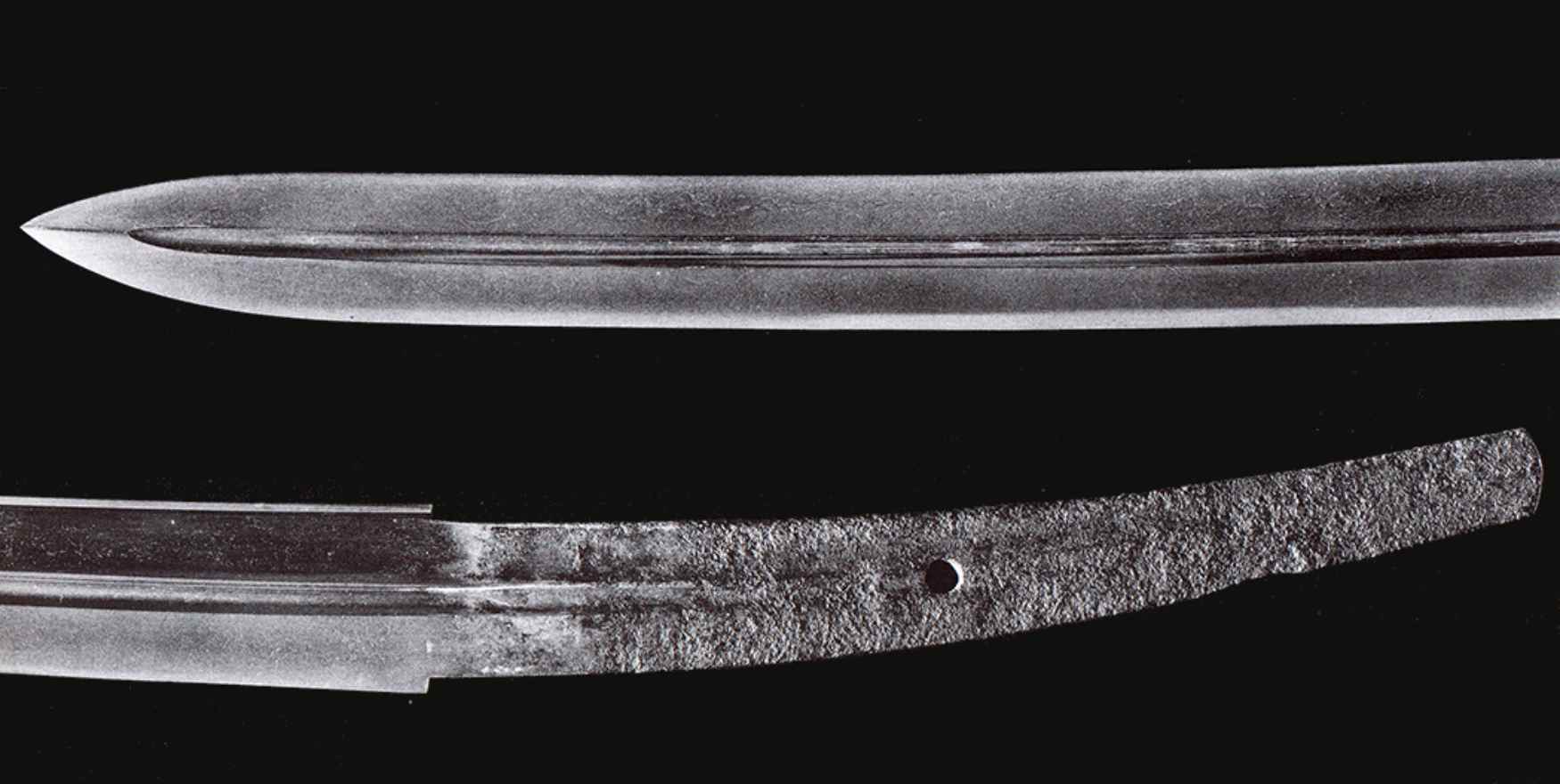
Where is the Kogarasu-Maru
The Kogarasu-Maru, also known as "Little Crow," was housed in the Tokyo National Museum in Japan. The Tokyo National Museum is celebrated for its impressive array of art and historical treasures from Japan and across Asia. Hosting the Kogarasu-Maru, a pivotal historical artifact, the museum ensures its preservation and scholarly study, while also offering public access for viewing.
It should be noted, though, that the whereabouts of artifacts like the Kogarasu-Maru can vary over time. Factors such as special exhibitions, temporary loans to other institutions, or conservation needs might lead to changes in their display location. For the most current information, it would be best to check directly with the Tokyo National Museum or their latest publications or website.
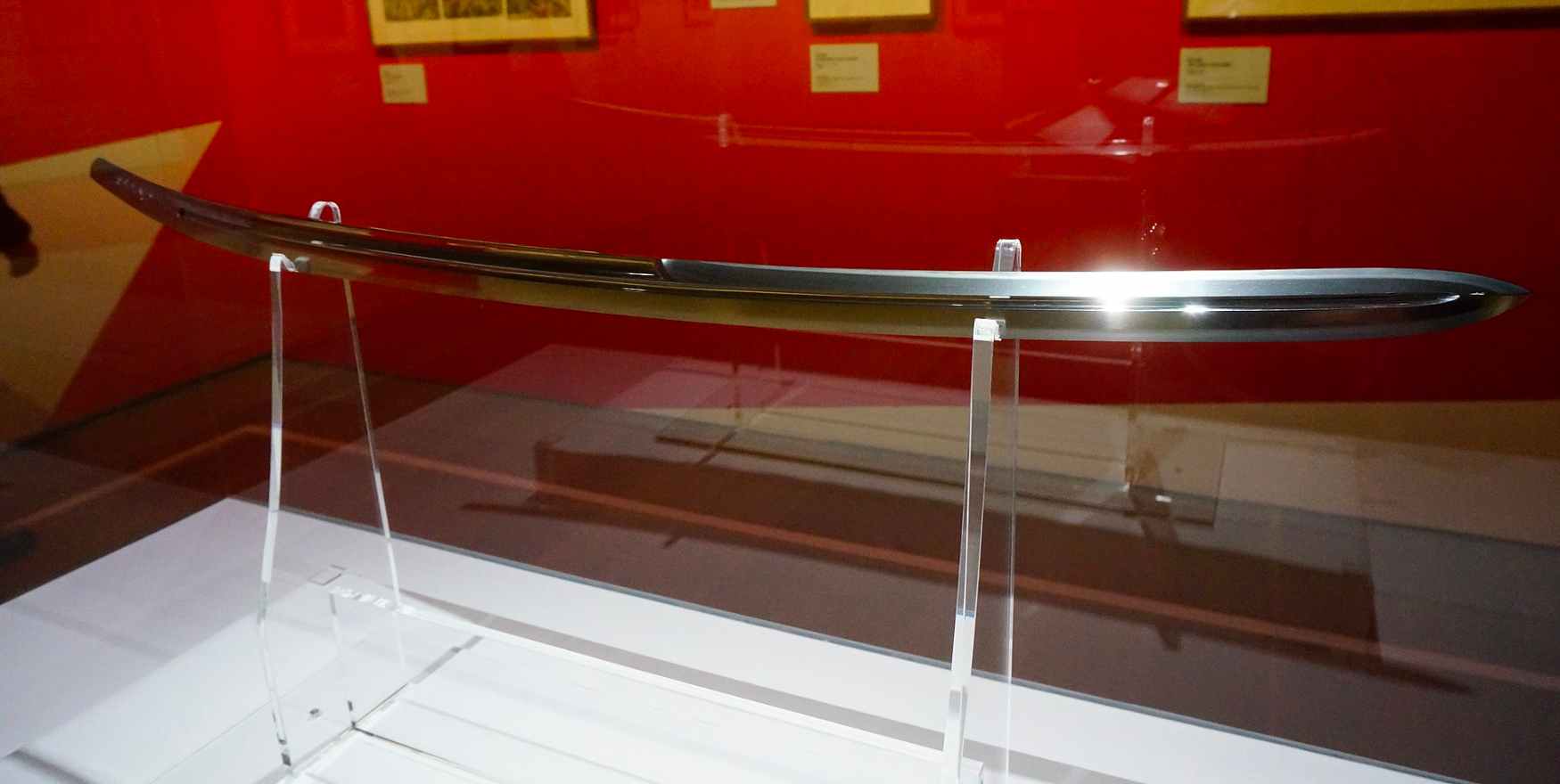
CC BY-SA 4.0 - SLIMHANNYA


